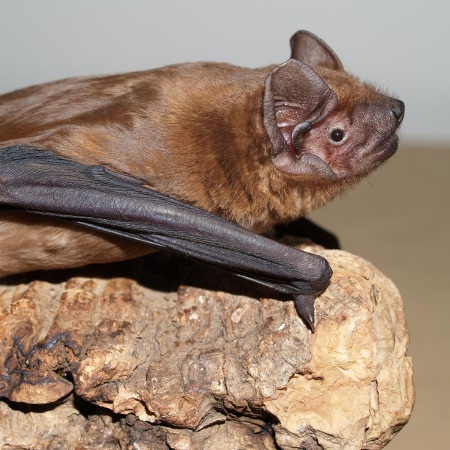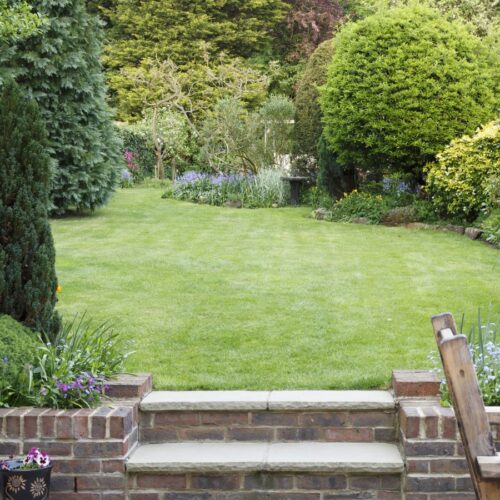Next time you are putting food out for the birds in your back garden, spare a thought for the less obvious flying visitors to your garden – bats.
Over the last 50 years the UK population of bats has been in decline, the likely causes being loss of natural habitat and use of pesticides. Bats often live in close proximity to humans, in both urban and rural settings, and our gardens can provide important places for food, water and shelter. There are simple steps that you can take to give a helping hand to these mysterious nocturnal guests.
The diet of UK bats consists of insects, mainly midges, mosquitoes, moths and beetles and lots of them. Amazingly, a common pipistrelle can consume up to 3000 midges and small flies in one night! The key to attracting bats is therefore to encourage insects into the garden. Planting a variety of native flowering plants – with their protein-rich pollen and sweet nectar – will attract a diversity of insects. Night-flowering plants with pale flowers and a strong perfume, such as white jasmine and the tobacco plant, are ideal – they can be seen easily in low light and the scent carries well, attracting night flying insects into the garden. Flowers with long, narrow petal tubes, such as evening primrose, are ideal for attracting moths, as they can feed from them using their long tongues to reach the nectar.
A pond, marshy area or bog garden will provide drinking water for bats as well as a perfect habitat for insect larvae to develop, which will eventually emerge as a tasty snack for a bat. Compost heaps and log piles in shady places will also encourage insects, especially beetles – all adding to the bats’ larder.
If you have space, linear features such as hedgerows and trees offer navigational routes, as well as foraging habitat for bats as trees host numerous insect species. Suitable tree species for smaller gardens are silver birch, goat willow, hawthorn and hazel, which can be coppiced (cut back to the ground) if space is really tight. Coppicing will also allow new shoots to grow from the base, providing food for leaf eating insects and areas for flowers to thrive underneath.
Try not to use chemical pesticides in the garden, as they will reduce the insect population – but do not fear – bats are a gardener’s friend and will help to control the numbers of flying insects, whilst the natural predators that all those flowers attract, such as hoverfly, ladybirds, wasps and ground beetles will keep the insect pests at bay!
It only remains for you to wait until dusk on a warm spring or summer evening, pull up a chair (perhaps a glass of wine in hand) and enjoy the spectacle of the bats emerging to feast on the rich insect life that you have helped to provide.
Just one last word though, the family cat can be an effective predator – after all your hard work in the garden to attract bats, you don’t want to put them in danger. Bring the cat in for the night half an hour before sunset. This will allow the bats to emerge and return to their roost at dusk and dawn.
For more information on gardening for bats or bats in general, you can visit the Bat Conservation Trust’s website at www.bats.org.uk.
For more information on bat surveys, you can find more details here











